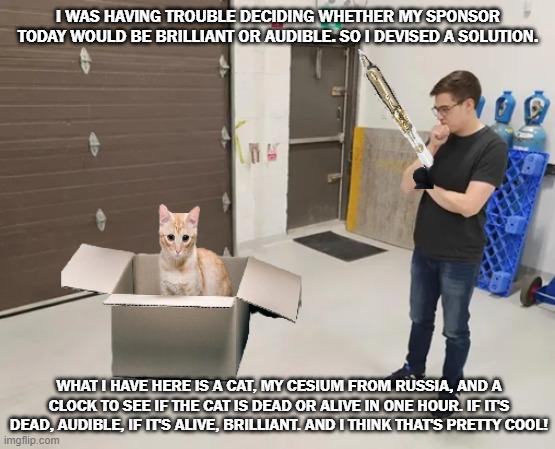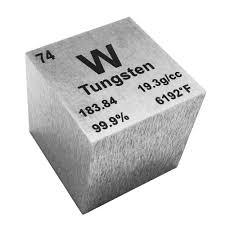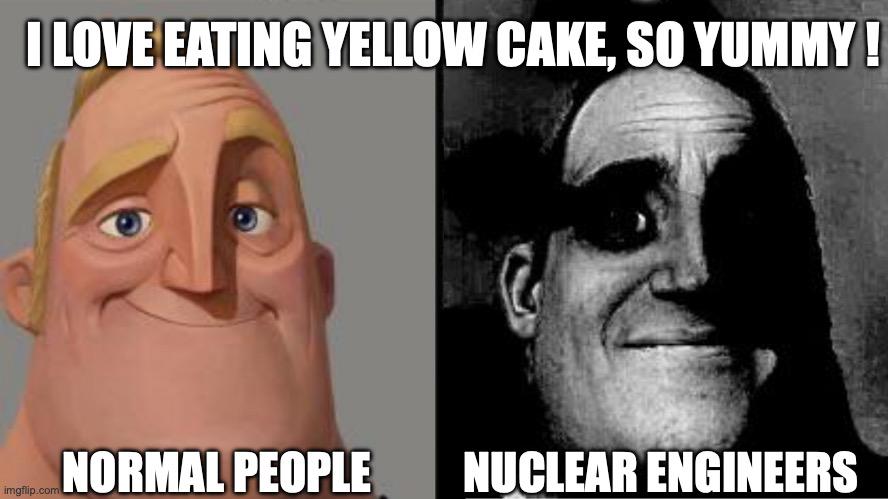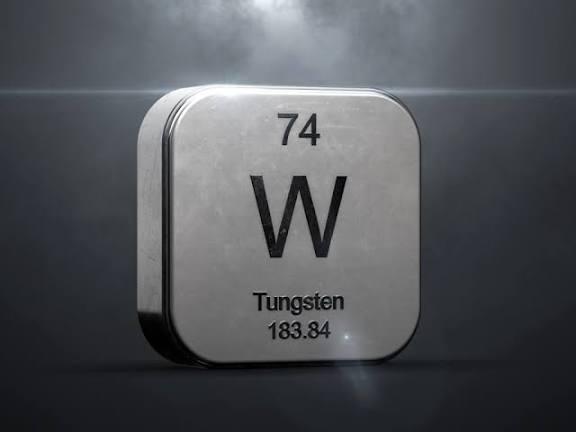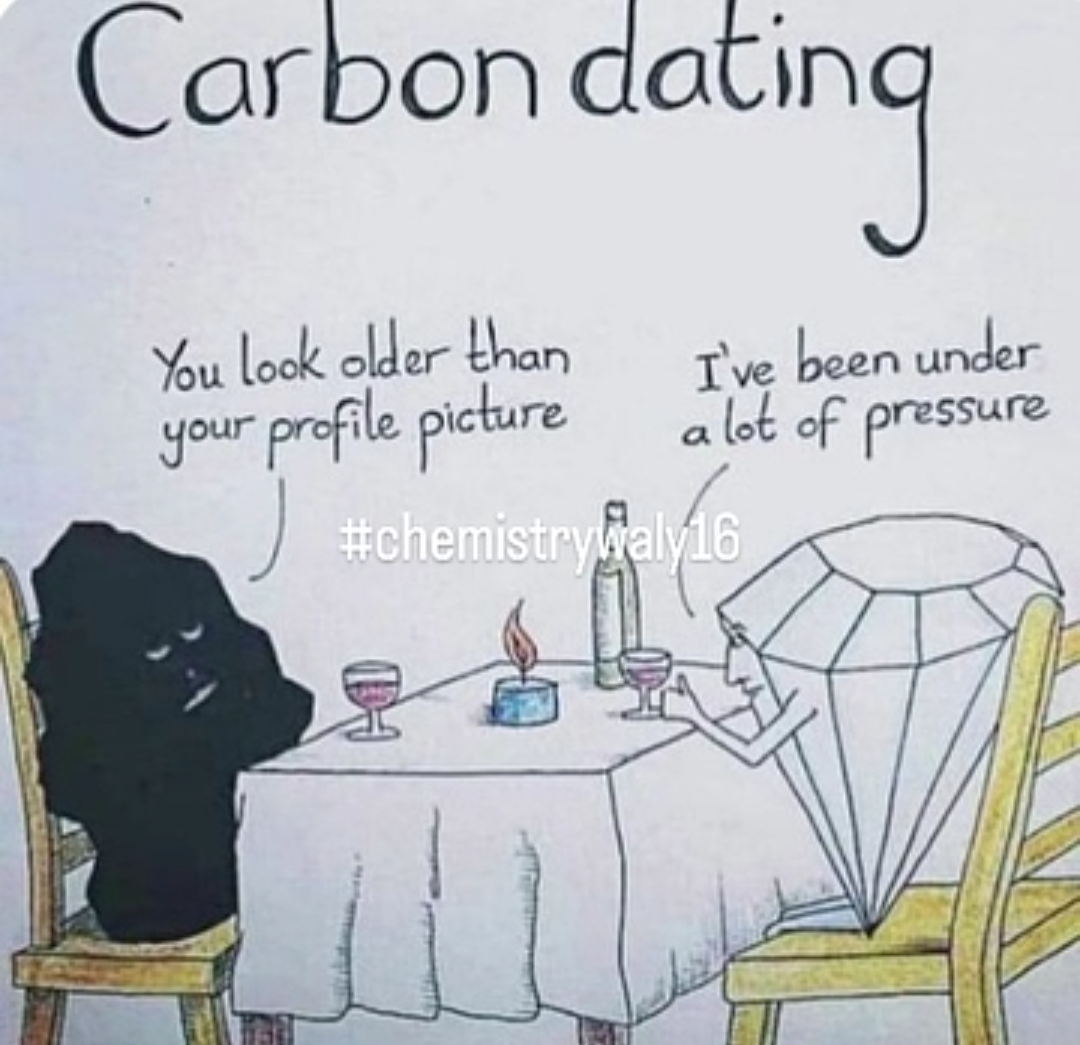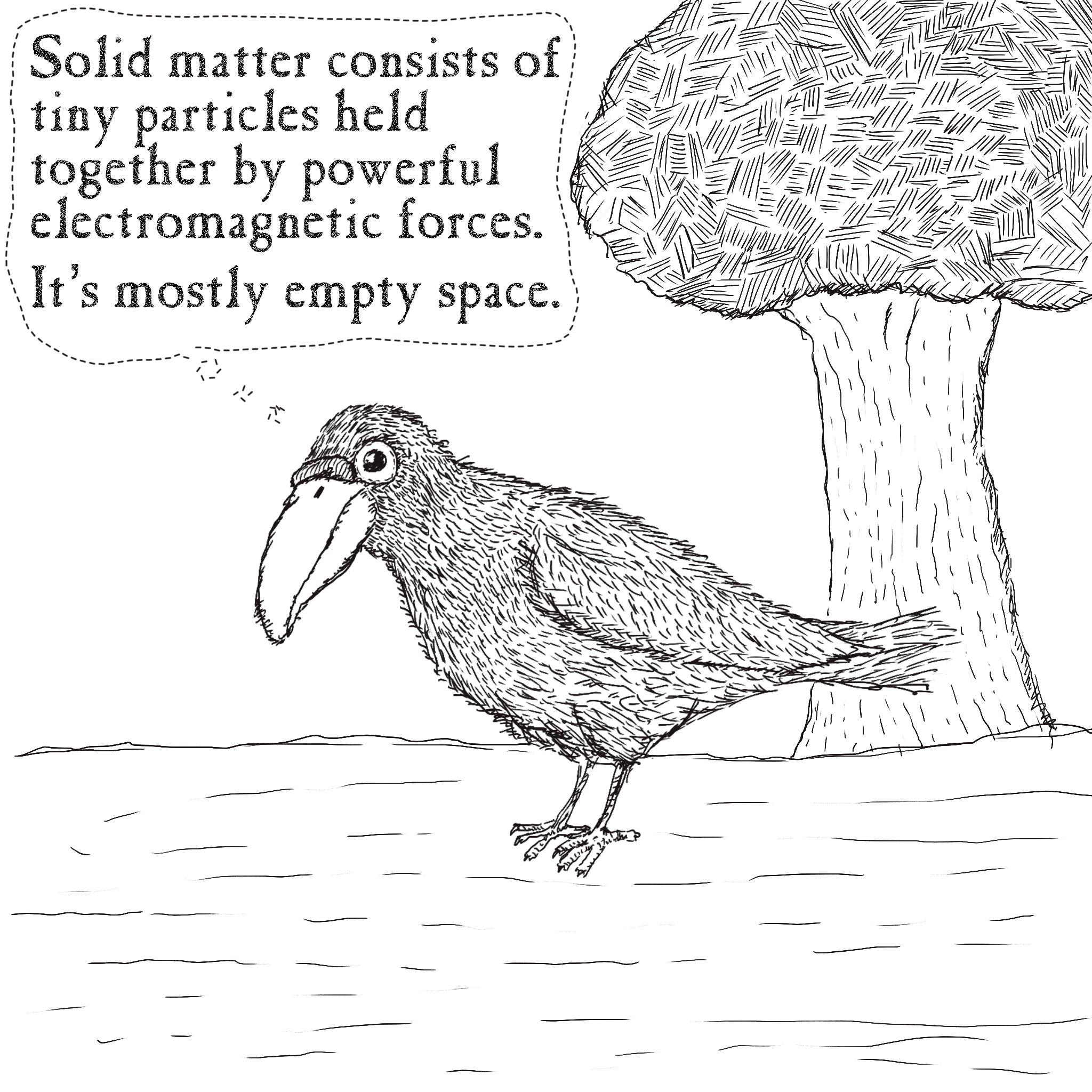HTTP 418: I'm a teapot
The server identifies as a teapot now and is on a tea break, brb
HTTP 418: I'm a teapot
The server identifies as a teapot now and is on a tea break, brb
Materials Memes
Materials Science: where chemists and engineers meet to argue about whether that new carbon structure is actually useful or just looks cool in electron microscope images. These memes celebrate the field that's responsible for everything from your smartphone screen to that weird non-Newtonian fluid you made in 5th grade science class. If you've ever gotten unreasonably excited about a stress-strain curve, explained to someone why their brilliant idea won't work due to pesky laws of thermodynamics, or felt the special joy of a perfect microstructure, you'll find your materials mutuals here. From the frustration of failed processing to the satisfaction of a perfectly engineered composite, ScienceHumor.io's materials collection honors the discipline that makes everything around you slightly better while receiving almost no public recognition.

 Academia
Academia
 Ai
Ai
 Astronomy
Astronomy
 Biology
Biology
 Chemistry
Chemistry
 Climate
Climate
 Conspiracy
Conspiracy
 Earth-science
Earth-science
 Engineering
Engineering
 Evolution
Evolution
 Geology
Geology

